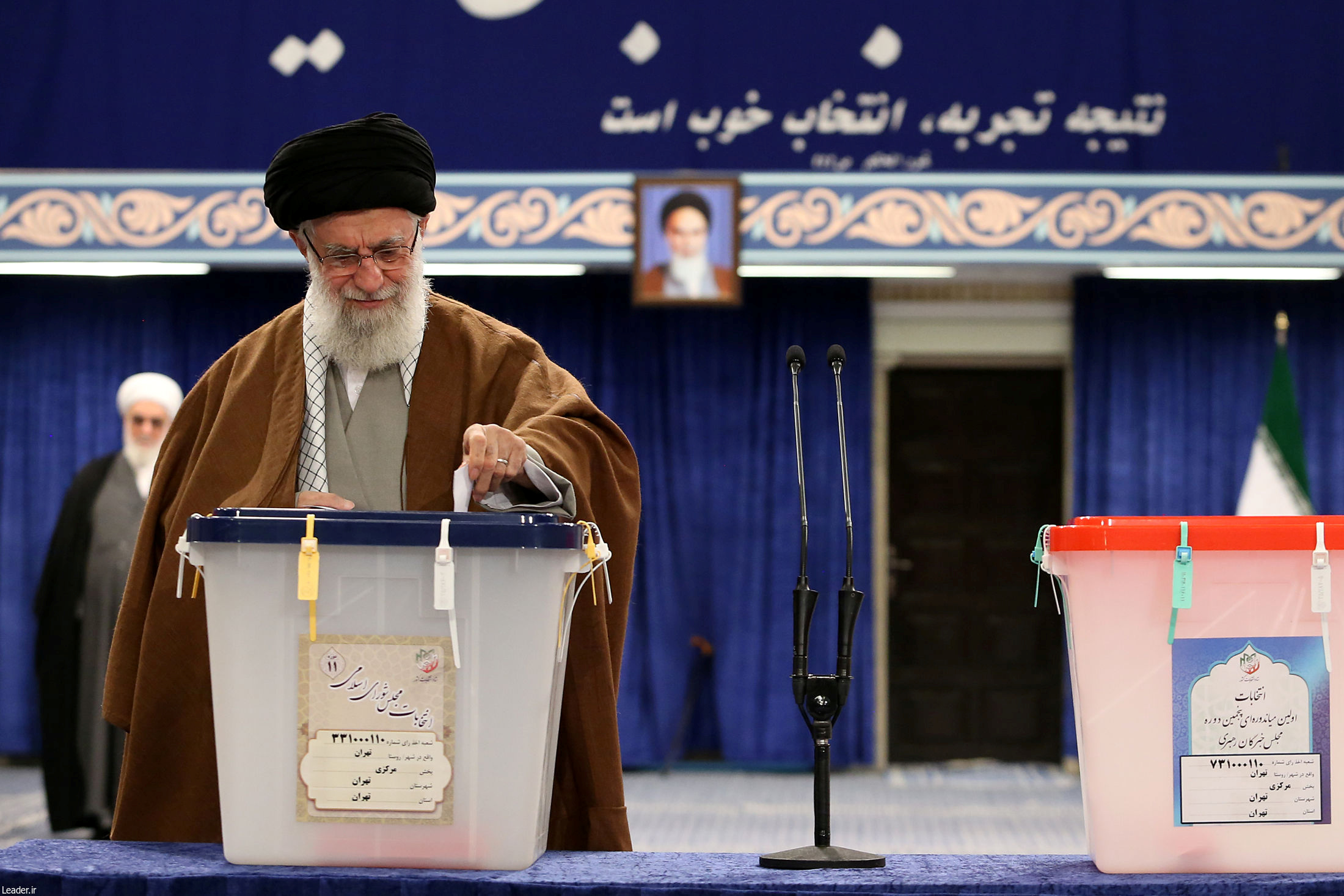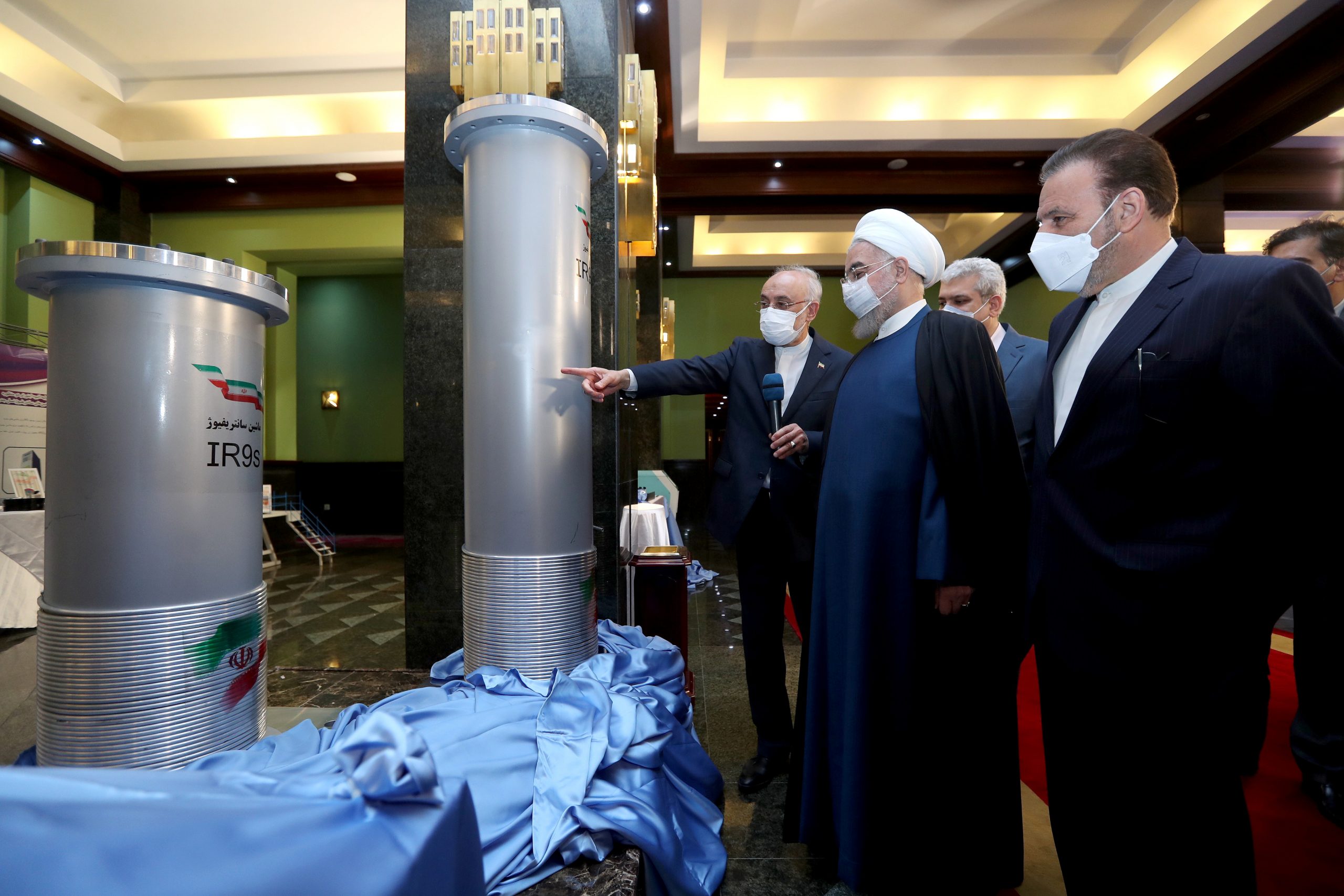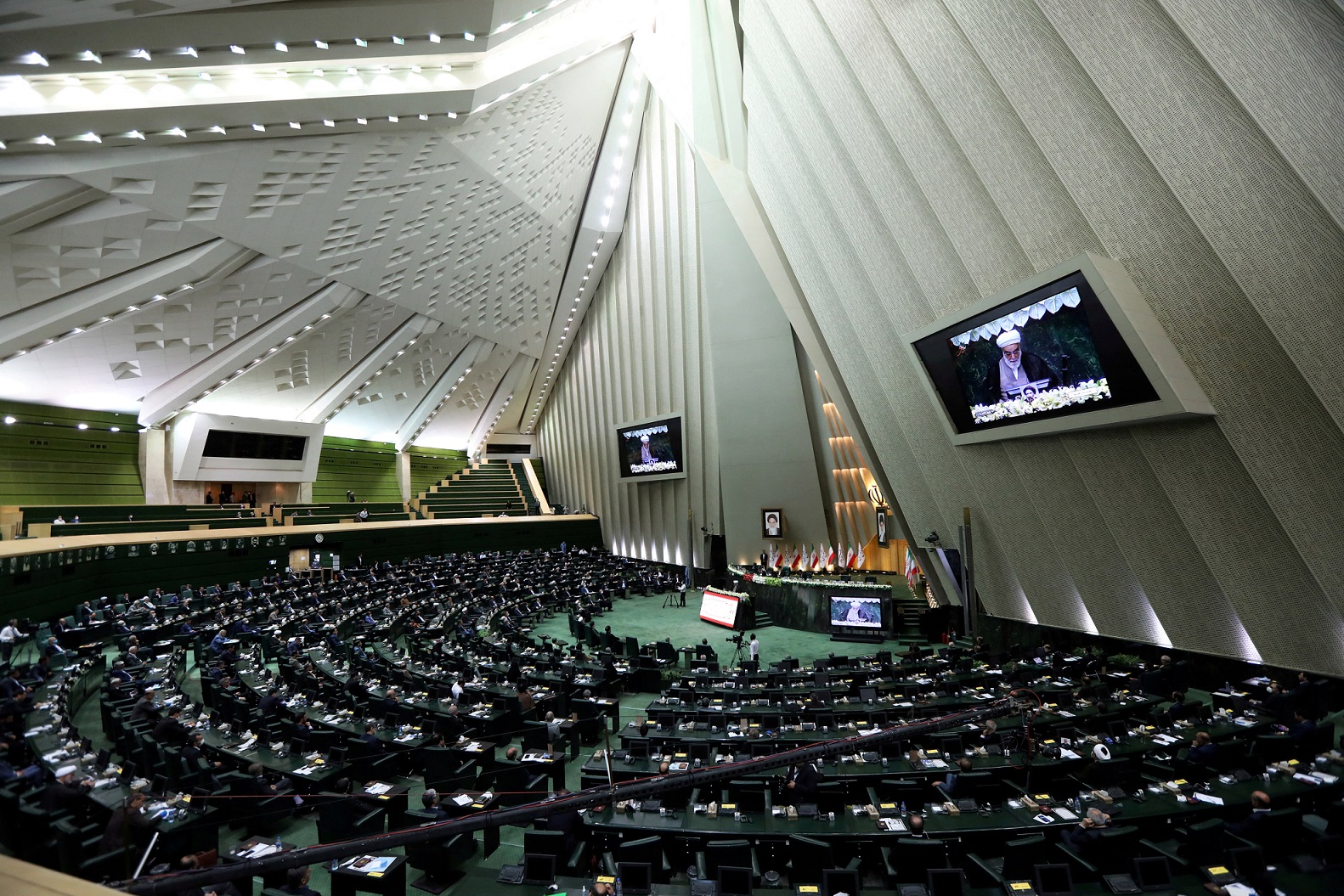Publications
INSS Insight No. 1573, March 15, 2022
The recent proposal by a senior Iranian politician for a constitutional change has revived the debate around the possibility of introducing a parliamentary government system to the Islamic Republic. Proposals for constitutional changes have been raised on several occasions over the past decade, and the complex relations between the last four presidents and Supreme Leader Ali Khamenei have encouraged initiatives designed to pave the way for a replacement of the presidential system with a parliamentary system. Although these proposals have thus far produced no outcome, it is possible that this time, both main political camps and even Khamenei himself have an interest in promoting the change. The reformist-pragmatic camp may consider constitutional change an opportunity to regain some of its political influence, following years of exclusion. The conservatives, on the other hand, could exploit their control of all three government branches to promote constitutional change that will ensure conservative hegemony in the regime’s institutions, particularly in view of the expected struggle over the succession following the death of Khamenei.
In early February 2022, the former deputy chairman of the Iranian parliament (Majlis), Mohammed-Reza Bahonar, gave an interview to the news website Khabar Online in which he called for a constitutional change in the Islamic Republic. This senior politician, who is identified with the moderate wing of the conservative camp, argued that 43 years after the Islamic Revolution, the time has come to establish Iran’s “second republic” and adapt the constitution to the country’s needs and the changes that have occurred since the revolution. Bahonar attributed some of the country’s problems to its personal-regional electoral system for choosing members of the Majlis. He said that this system means that Majlis members put the local interests of their electoral region above national interests, which hinders the ability of the legislature to promote solutions to Iran’s structural problems, for example, in its economy. Bahonar made two concrete proposals to improve the situation. First, introduce some parties at the national level to represent the various political factions (reformists, conservatives, and moderates) and increase cooperation between Majlis members, who would be elected on the basis of party allegiance. Second, split the legislature into two houses, as in several other countries. Bahonar pointed out that his proposal was supported by other politicians, although some are divided over details of the changes required. He stressed the need to persuade Supreme Leader Ali Khamenei to support constitutional change by implementing Article 177, which permits the introduction of constitutional changes with the approval of the Leader and subject to a popular referendum.
Bahonar’s proposal sparked lively discussion between supporters and opponents. A former Majlis member, Hossein-Naqavi Hosseini, expressed support for the change, maintaining that the introduction of a parliamentary system, based on reviving the post of prime minister – abolished in 1989 – with his selection by the Majlis, would strengthen cooperation between the executive branch and the legislative branch, and improve the management of affairs of state. However, he felt that the establishment of a second house was not a high priority, and that the Iranian public would find it hard to accept a situation in which state matters were managed by two houses at a time when the country is dealing with severe economic problems that must be solved. Lawyer and reformist political activist Mahmoud Alizadeh Tabatabaei also expressed support in principle for the change. In an interview to the press, he said that the parliamentary system was preferable, and that the Majlis should head the management of state matters.

Opponents of the proposal warned against constitutional change that would weaken further the republican component in the Iranian government system, which was supposed to reflect the sovereignty of the people through institutions elected by the people. An op-ed published in the reformist paper Shargh stated that the parliamentary system required pluralism and political tolerance, manifested in strong parties and civil society. Moreover, the parliamentary system in most cases is decentralized, ensuring minimum representation for all political groups and not allowing the ruling party to hold all the seats in the parliament. That is not the situation in Iran where there is no organized political party activity and the Majlis is under nearly absolute control of the dominant conservative stream.
Lawyer and lecturer Ali-Akbar Gorji also had reservations about the change and argued that the establishment of a parliamentary regime in the current conditions would not be desirable. He warned that without strengthening the basis of popular support for the regime and ensuring civil liberties, not only would the constitutional change fail to resolve any problems, but it might aggravate instability and even lead to social collapse. Gorji noted that the parliamentary system is in a certain sense the pinnacle of democracy and must be based on political pluralism, which is not currently possible in Iran. According to him, it is not possible to establish a representative parliamentary system in a country where pluralism and tolerance are limited at best, and where ideological conditions are still imposed on anyone wishing to work in professions such as the law.
This is not the first time that proposals have been raised for constitutional change in Iran. The last change was introduced in 1989 following the death of the founder of the Islamic Revolution, Ayatollah Ruhollah Khomeini. Under the original Islamic Republic constitution of 1979, the executive was split between the president, whose powers were limited and largely ceremonial, and the prime minister, who was appointed by the president subject to Majlis approval. The purpose of this division from the start was to weaken the executive and prevent it from gaining too much power in a way that would threaten the status of the Supreme Leader and limit the power of the parliament. The split in the executive led to power struggles between the prime minister and the president. The 1989 constitution brought this split to an end by eliminating the post of prime minister and transferring his powers to the president. In addition, the amended constitution included a distinction between theological-religious authority and political governing authority in order to facilitate the appointment of Ali Khamenei as the successor to Khomeini, even though his theological status was not high enough for the position.

The complex relations between the four last presidents (Akbar-Hashemi Rafsanjani, Mohammad Khatami, Mahmoud Ahmadinejad, and Hassan Rouhani) and Supreme Leader Khamenei led to a number of initiatives for constitutional change intended to pave the way to replace the presidential system with a parliamentary system. The abolition of the position of the president, who is elected directly by the citizens and obligated first and foremost to the public, and his replacement by a prime minister chosen by the Majlis would put the executive branch under a greater degree of control and supervision. In October 2011, Khamenei himself referred to the possible elimination of the presidency. He said there would be no difficulty about replacing the presidential system with a parliamentary system, if that was the decision, although he did not expect it to happen in the near future.
During the second term of President Rouhani the debate over the possibility of abolishing the presidency and restoring the post of prime minister was revived, when a group of Majlis members suggested this change to the constitution. In October 2017, conservative Majlis member Ezatollah Yousefian-Mola said that a parliamentary system would bring positive results and that Majlis members were considering sending a letter to the Supreme Leader to obtain his approval of the move, or his instructions to the president to review the law. That proposal also aroused opposition, mainly from the reformists, who warned that it would put an end to direct voting by the people.
None of the previous Iranian initiatives to abolish the existing presidential system or change the ruling system came to fruition, and it is hard to estimate whether the current initiative will indeed bring actual change. In spite of the challenges the presidents have sometimes posed, even under the current system the Supreme Leader has no difficulty using his authority to neutralize their power. Moreover, it appears that even if he might be interested in the absolute abolition of the presidency, Khamenei has been more interested in having a weak president who is under his control. Nevertheless, this time the initiative for constitutional change could attract greater support, both in the reformist-pragmatic camp and in the conservative camp, and even from the Supreme Leader himself. The election of Islamist hardliner Ebrahim Raisi to the presidency in June 2021 completed the conservative takeover of political institutions. The regime’s blatant intervention in the elections – disqualifying candidates and ensuring a clear result in the first round – was a further expression of the ongoing autocratization of the regime and its determination to drive out any element that could threaten the conservative hegemony.
This situation poses a significant challenge for the reformist-pragmatic camp, which was completely excluded from the centers of political power and may support certain initiatives for constitutional change that could help it regain its political position. The conservatives, on the other hand, may exploit their absolute control of the three governing branches (the executive, the legislature, and the judiciary) to promote constitutional initiatives that will secure their hegemony and ensure that their control over the centers of power, including those elected by the public, will remain in the hands of supporters of the current Leader, Khamenei. This is particularly true in view of the expected struggle over his succession after his death.



